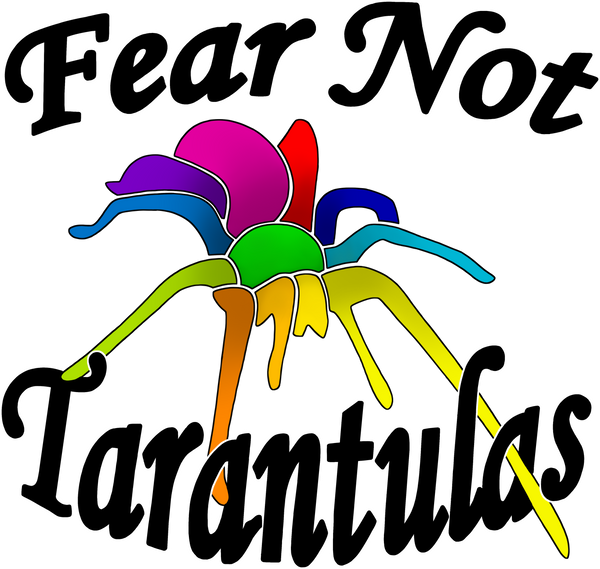Size: About 3”
Growth Rate: Medium / Fast
Natural Habitat: Venezuela, north-east. dry scrubland
Housing Needs: Terrestrial burrowing setup. They are prolific webbers, so if foliage is put in their habitat, it helps if it is plastic so it can act as an anchor for better webbing. They frequently fill their entire habitat with webbing. Dry substrate and low humidity is important for this very hardy species.
Temperament and Defensiveness: This popular species is not overly aggressive but it is quite skittish.
Neoholothele incei (Trinidad Olive Tarantula) Information + Care
Neoholothele incei (Trinidad Olive Tarantula) Info + Care
Name and Description History:
Hapalopus incei F. O. Pickard-Cambridge, 1898
Holothele incei Rudloff, 1997
Holothele incei Vol, 1999
Holothele incei Peters, 2000
Holothele incei Peters, 2003
Holothele incei Peters, 2005
Neoholothele incei Guadanucci & Weinmann, 2015
About: This is a gorgeous dwarf species. This is one of the smallest species in the hobby, but don’t let their size fool you – these little ones have a lot of personality and attitude. Though not really aggressive, they don’t shy away from larger prey when offered. Their carapace becomes a beautiful metallic gold color as they mature. They frequently fill their habitat with intricate webbing full of silk lined tunnels. This is one of the few species that can be housed communally, though there are guidelines for doing so. They are very easy to care for and you’ll love the spunk these little guys have!
Spiderling

Mom and babies

